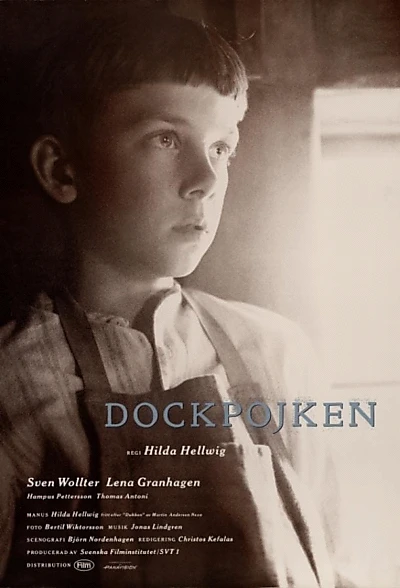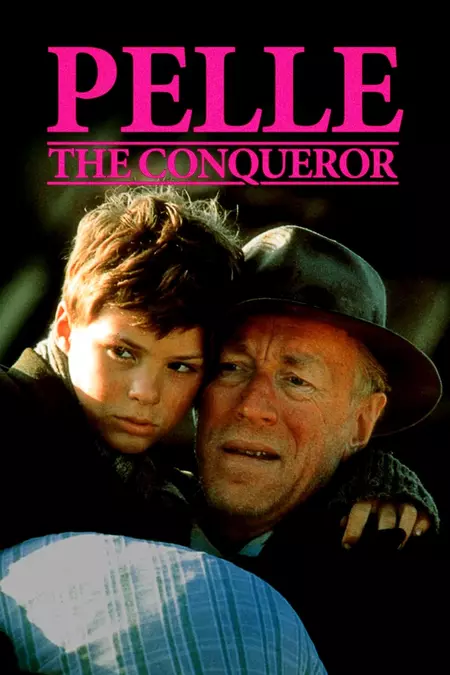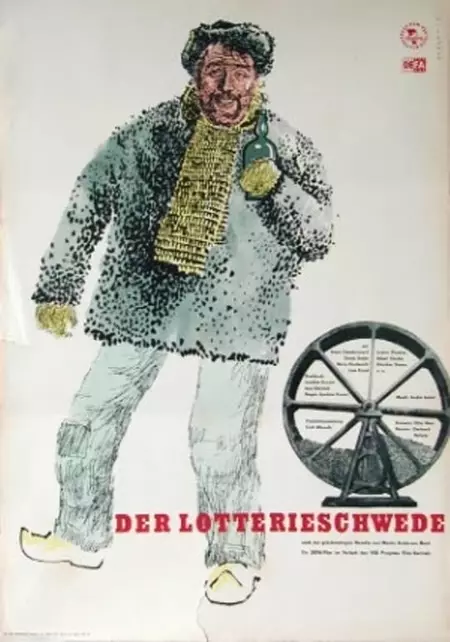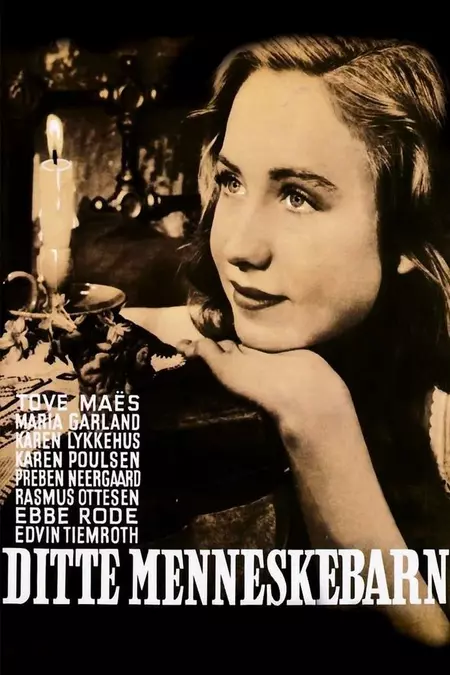Biography
(No Information)
Filmography
all 6
Movies 6
Writer 4
self 1
Information
Known ForWriting
GenderMale
Birthday1869-06-26
Deathday1954-06-01 (84 years old)
Birth NameMartin Andersen
Birth PlaceCopenhagen, Denmark
CitizenshipsKingdom of Denmark
AwardsNational Prize of East Germany
This article uses material from Wikipedia.
Last updated:
Image credit: Richard Peter
, CC BY-SA 3.0 de, via Wikimedia Commons
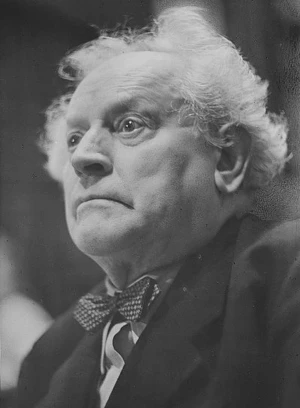 Martin Andersen Nexø
Martin Andersen Nexø- Filmography
- Information
